Author: Dr. Kush R. Desai
Institution: Associate Professor of Radiology, Surgery, and Medicine, Northwestern University, USA
Summary
This presentation explores treatment options for ovarian vein reflux and iliac vein obstruction in patients with pelvic venous disease (PeVD). Dr. Desai emphasizes the importance of treatment order in achieving optimal outcomes based on different symptoms. Using limited available data, Dr. Desai suggests a stepwise treatment approach, with decisions based on the patient’s symptoms when both ovarian reflux and iliac vein obstruction are present.
Pathophysiology
• Reflux Lesions: Reflux in the ovarian and internal iliac veins can lead to pelvic venous disease.
• Obstructive Lesions: Compression of the left common iliac vein and the left renal vein (Nutcracker phenomenon) exacerbates venous congestion and reflux.
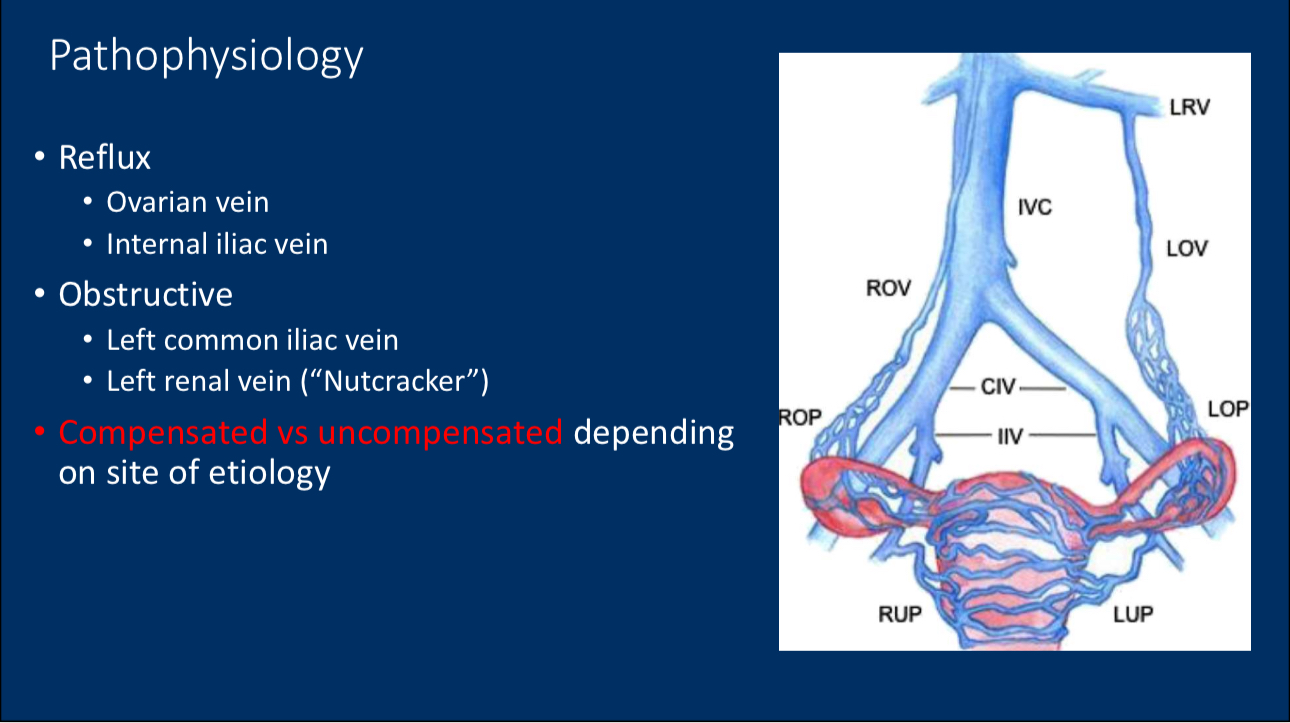
Challenges in Treatment Order
• Current Treatment Methods: Many treatment centers prioritize stent placement, regardless of leg symptoms, as stenting is a relatively quick procedure and easier to get approved in the US.
• Ovarian Vein Embolization: Although embolization data is more robust, gaining approval for this treatment in the US is more challenging, and the varied treatment methods make evaluating efficacy difficult.
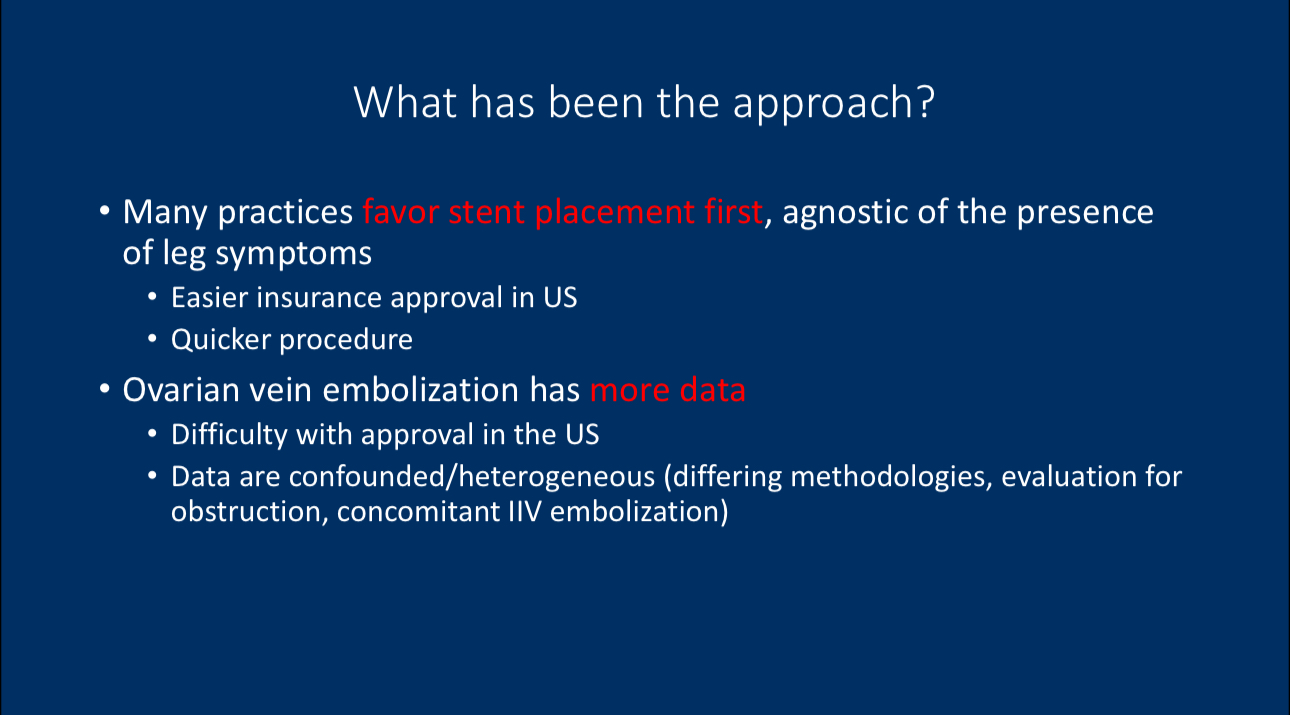
The Issue of Limited Data
• Limitations of Current Data: Many PeVD patients present with both ovarian reflux and iliac vein obstruction, yet there is limited data on the best order of treatment.
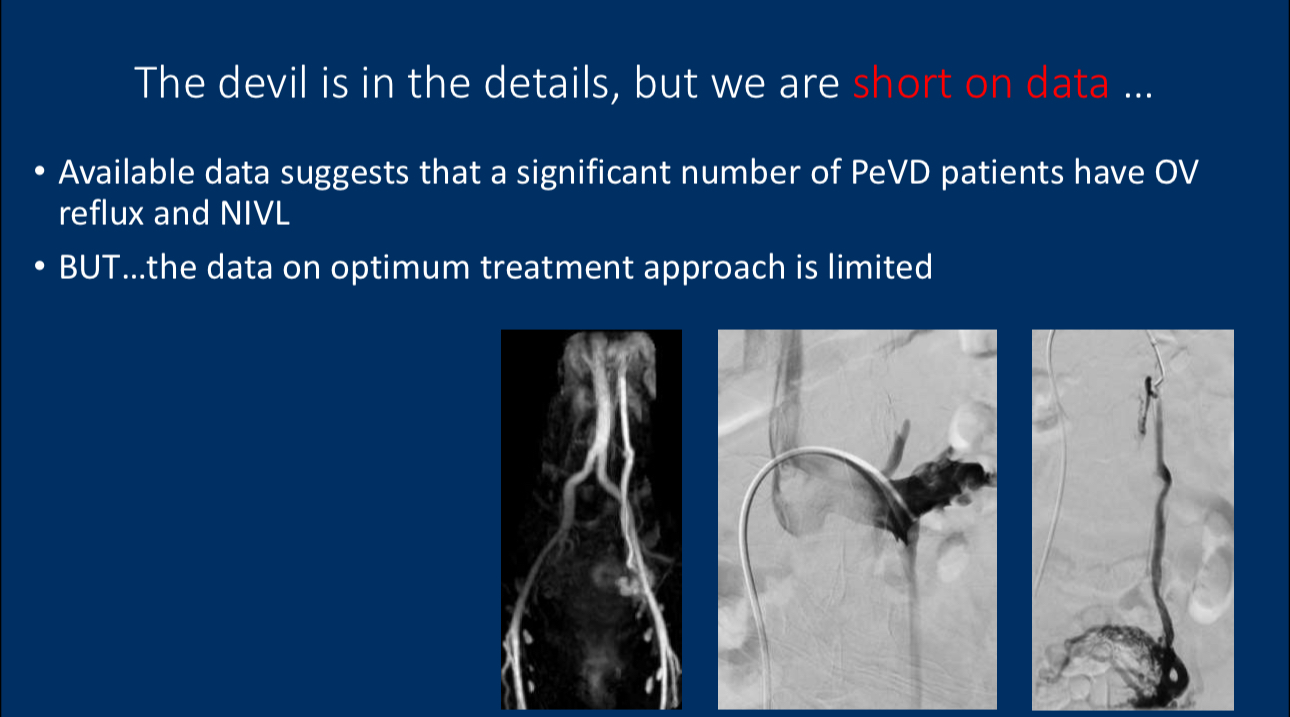
• Santoshi Study: A retrospective study by Santoshi analyzed 227 patients and found limited benefits from embolization alone, while combined stenting led to significant symptom improvement.

Personalized Treatment Strategy
• Managing Pelvic Pain: Dr. Desai recommends starting with ovarian vein embolization in patients with both ovarian reflux and iliac vein obstruction. If symptoms persist after 3 to 6 months, stenting should be considered.
• Patients with Leg Symptoms: For patients with accompanying lower limb symptoms, a stepwise treatment approach should be discussed, but stenting is likely to be required.
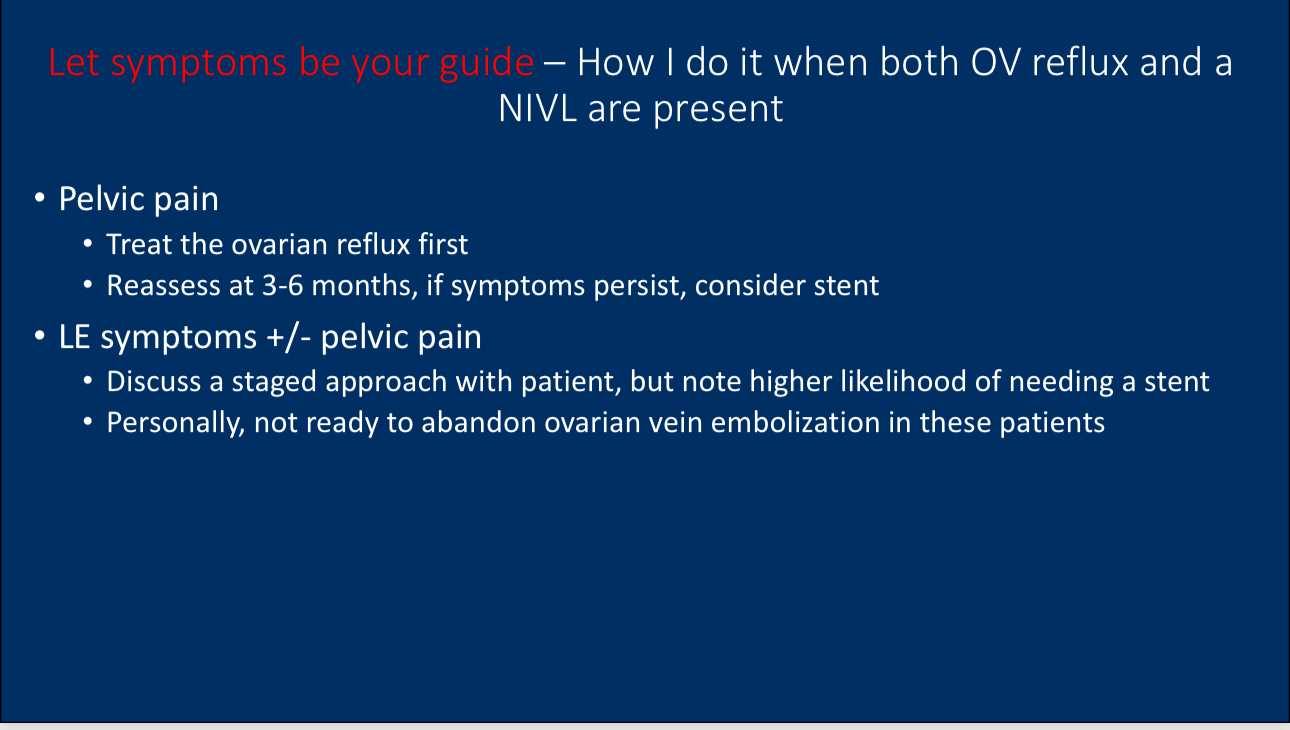
Case Analysis
• 37-Year-Old Female Patient: This patient presented with multiple venous issues, including an IVC filter, lower extremity post-thrombotic syndrome (PTS) from DVT, and pelvic congestion syndrome. A stepwise treatment approach involving embolization and stent placement improved both her leg and pelvic symptoms.
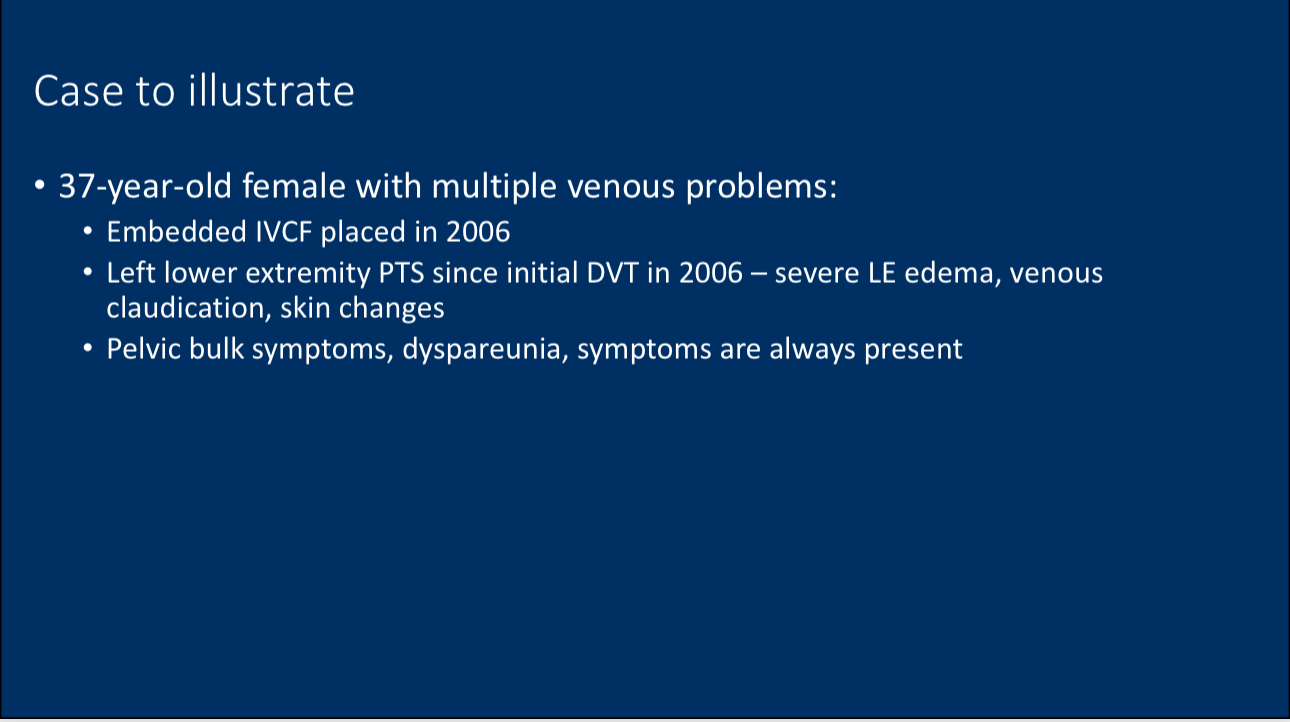
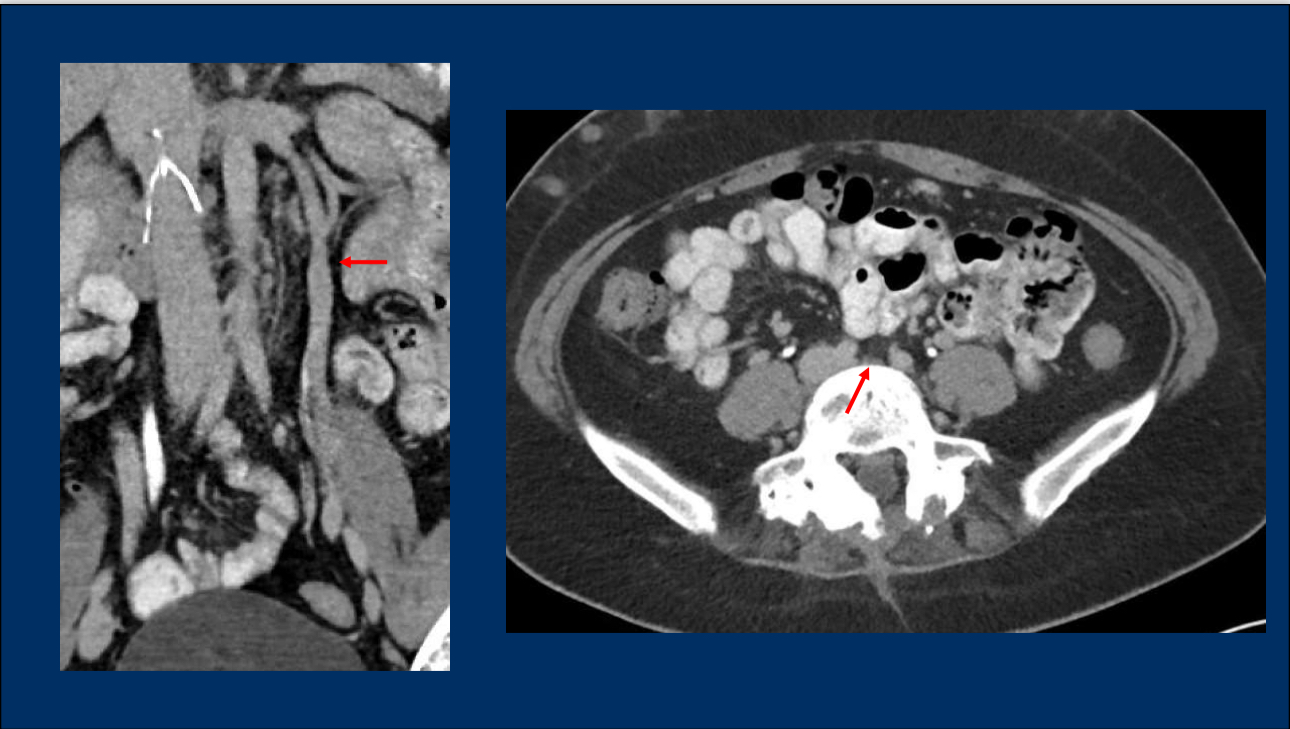
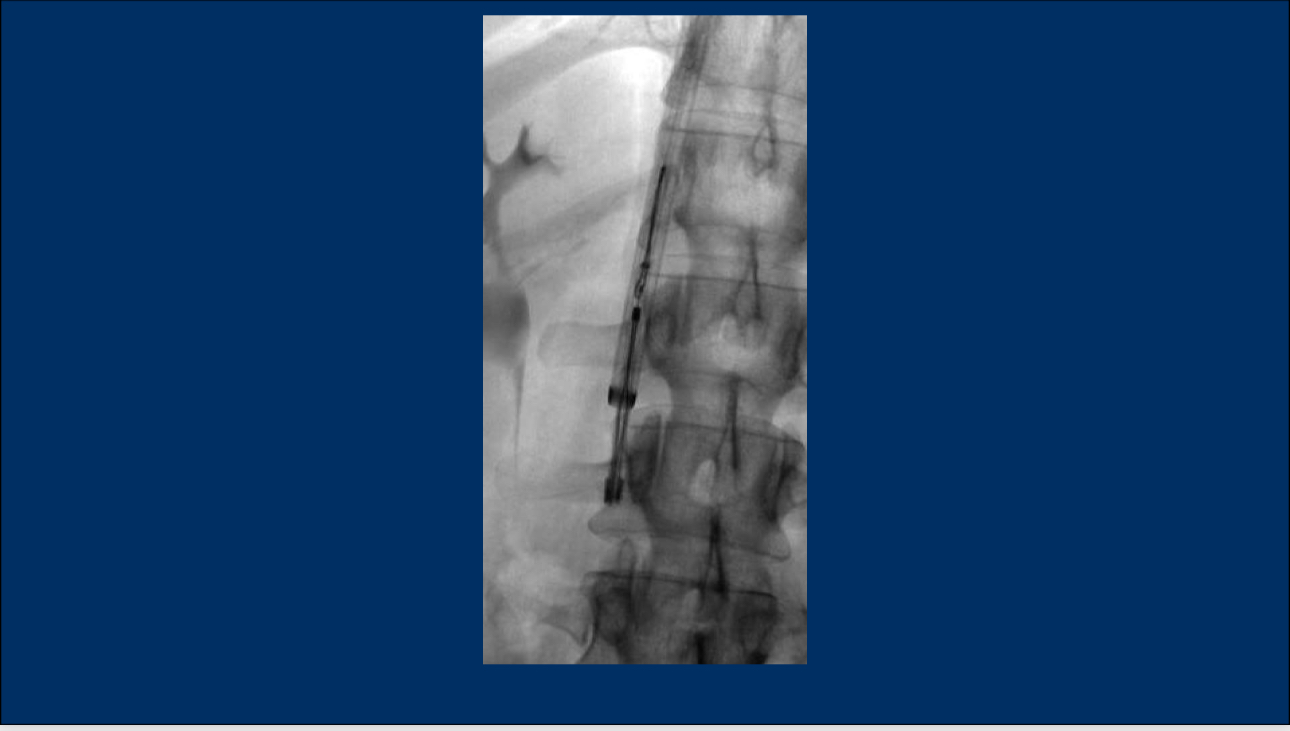
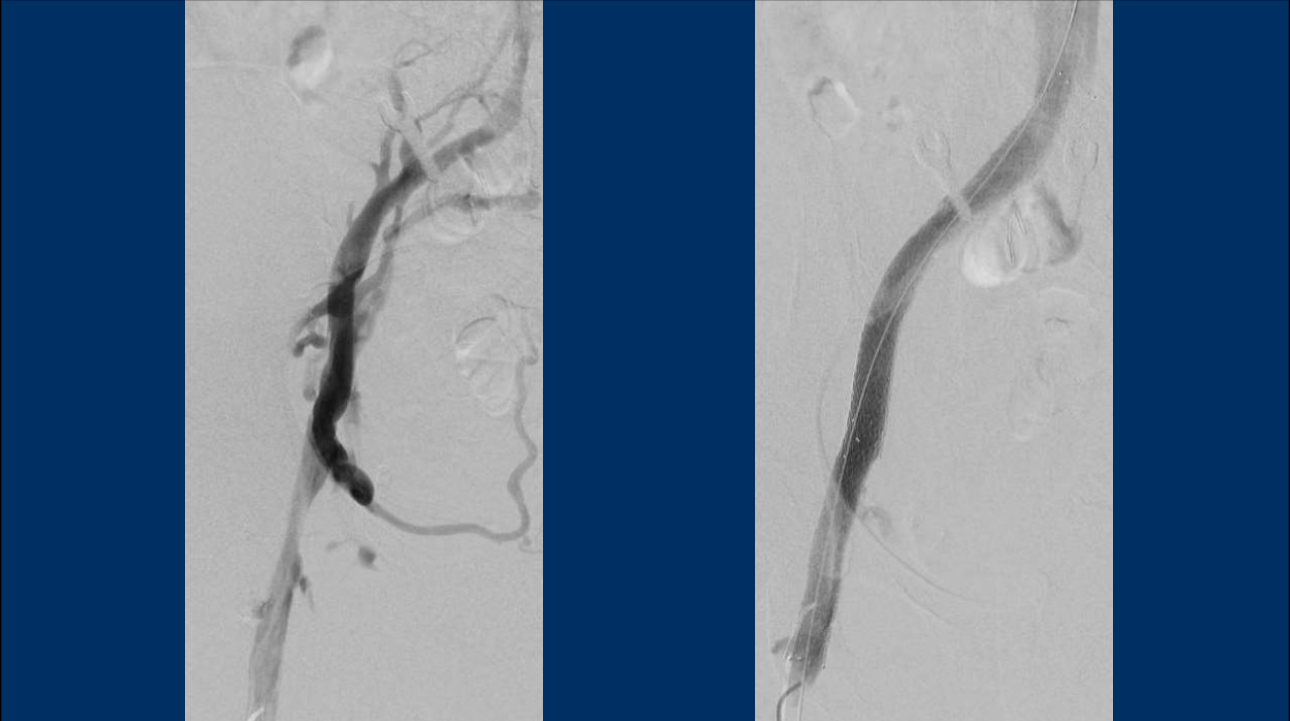
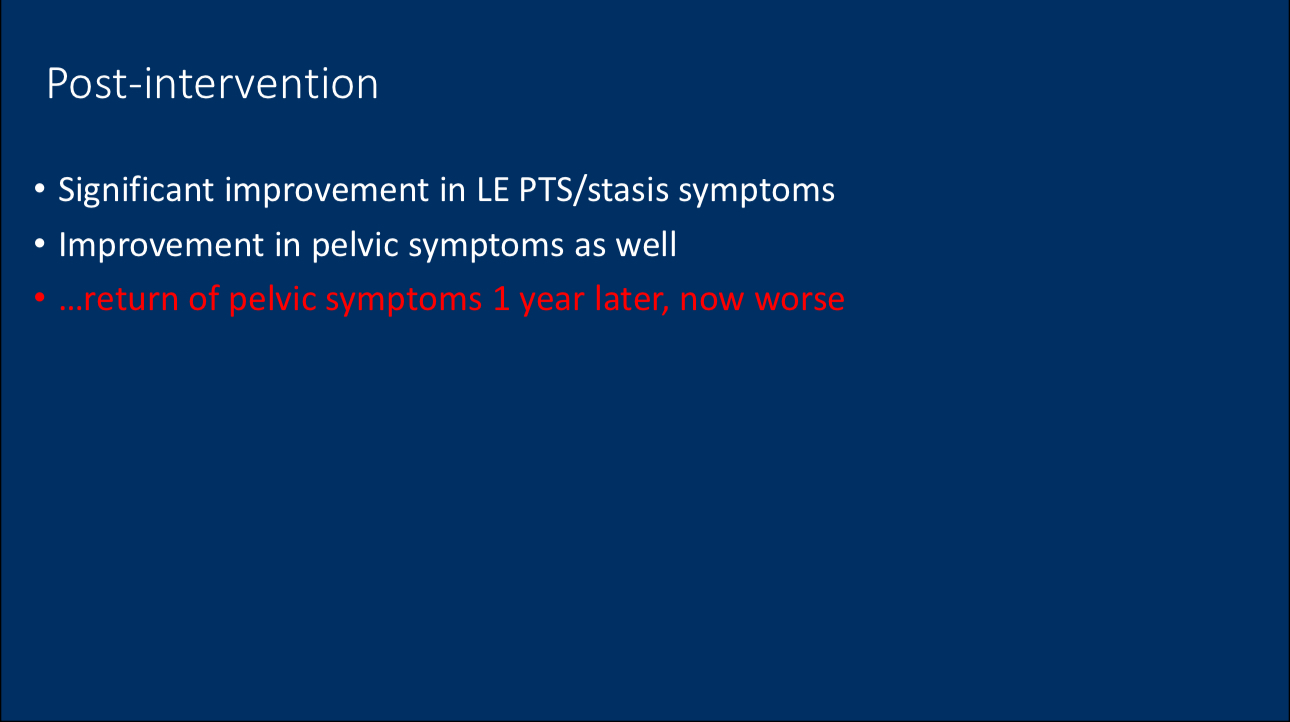
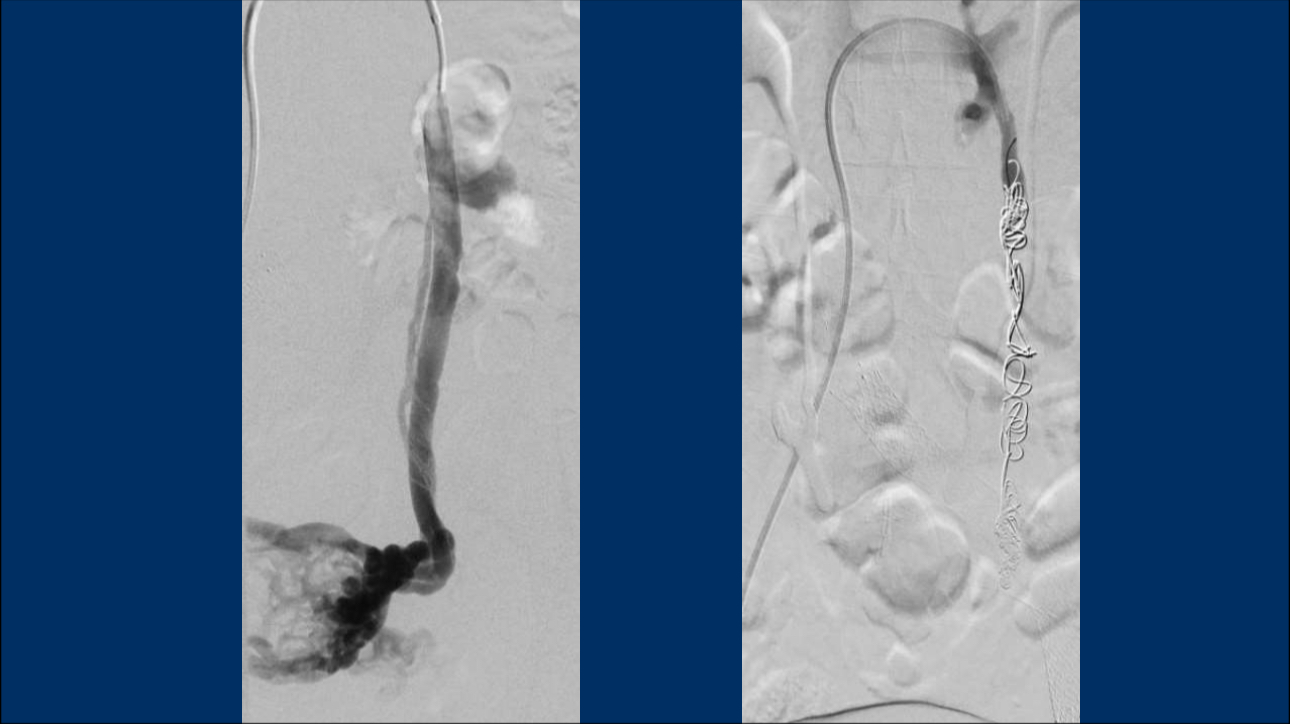
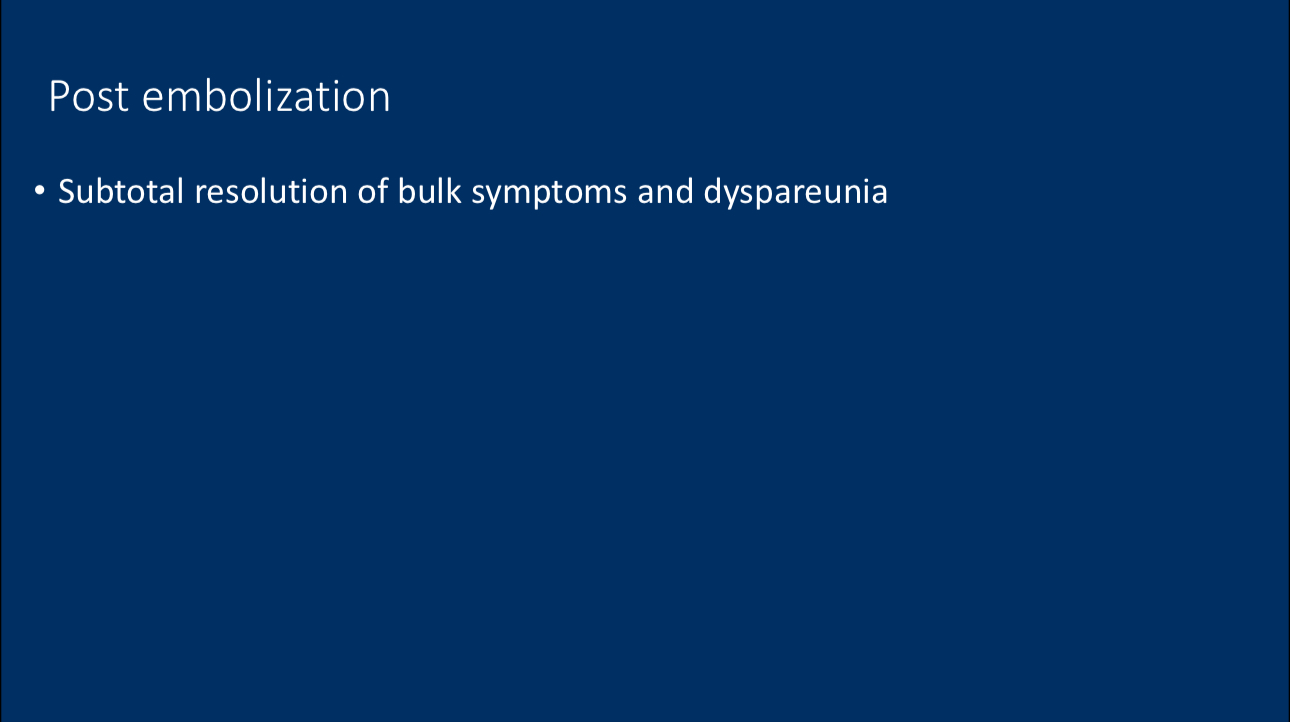
Conclusion
1. Treatment of pelvic venous disease must be individualized based on the patient’s symptoms, particularly when both ovarian vein reflux and iliac vein obstruction are present.
2. The lack of data complicates the determination of the optimal treatment order, but Dr. Desai’s clinical experience suggests that a stepwise approach may be more effective.
3. Future research should explore the outcomes of single-stage versus stepwise treatments and establish clearer treatment guidelines.
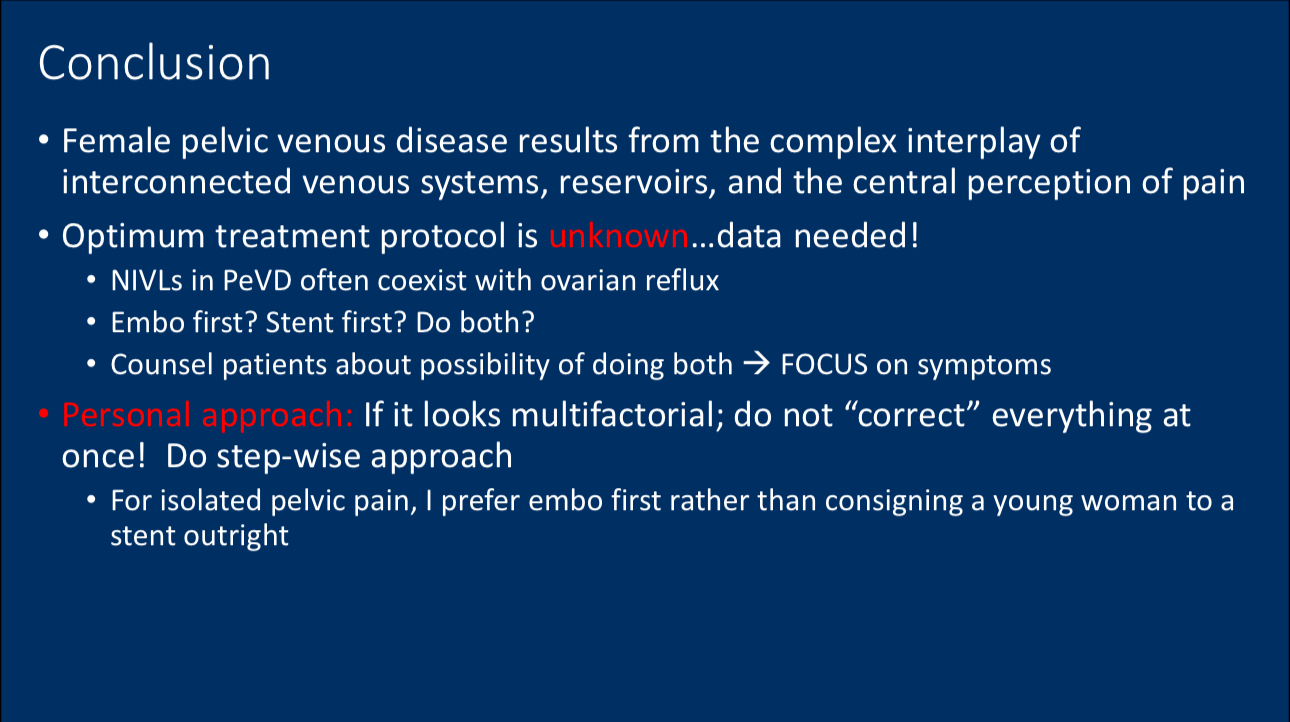
Contact Us
• Email: endovascluar@simtomax.cn
More international information available at:
• Facebook: Vasco Knight
• Instagram: knight_vasco
Let’s safeguard health together and showcase your brilliance to the world!


